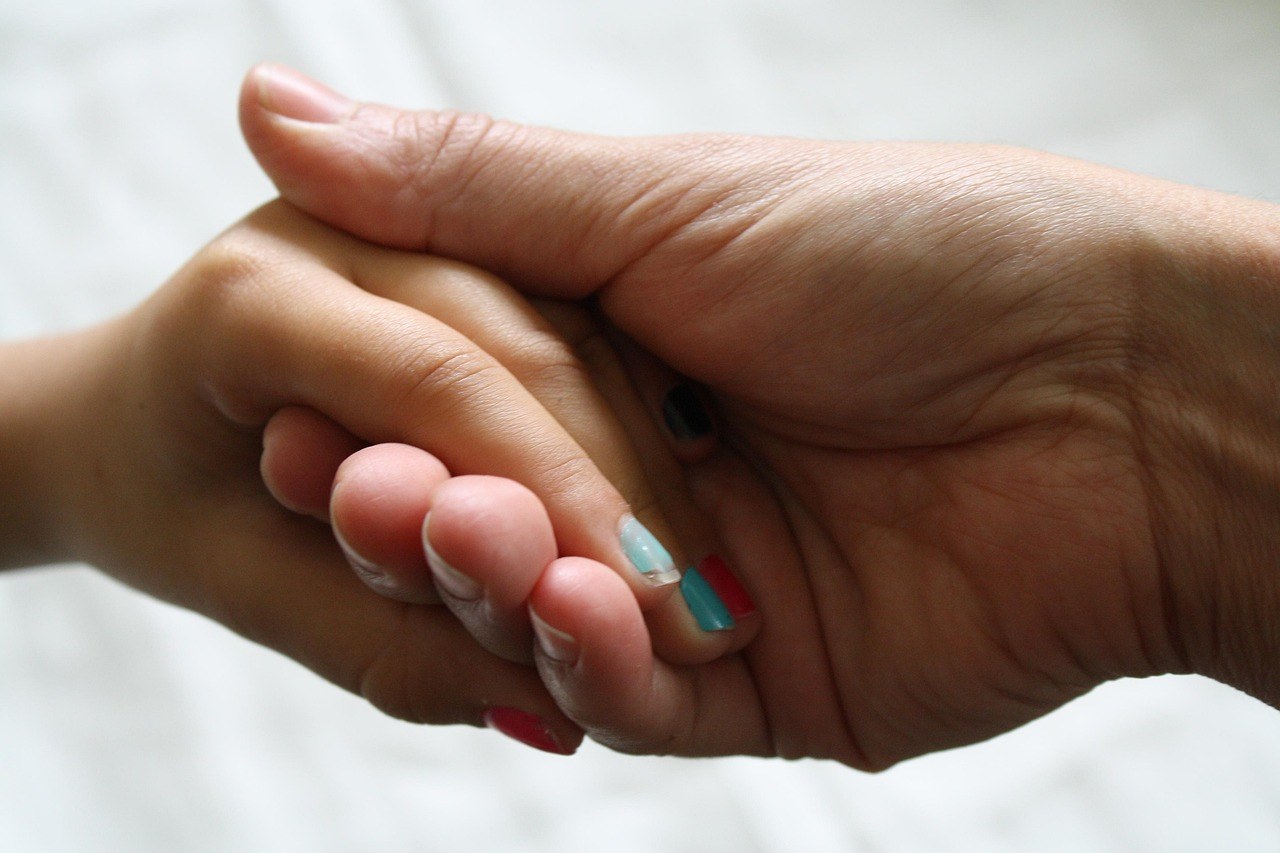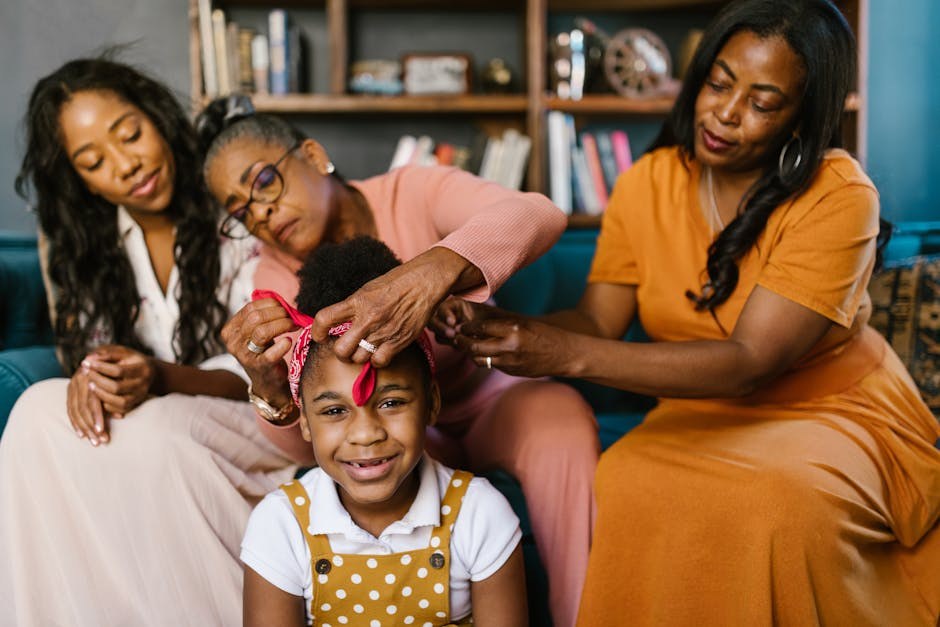Every cold season seems to nudge us toward pairing off, but the past few years have scrambled that rhythm in ways no one predicted. The desire for closeness hasn’t vanished – it’s simply learned new manners. If you’re feeling torn between reaching for connection and keeping your guard up, you’re not alone. This guide explores the emotional mechanics behind corona cuffing, clarifies what you might truly be craving, and offers a steady, practical roadmap for navigating intimacy, solitude, and everything in between without losing your sense of self.
Seasonal pairing, reimagined for uncertain times
Before the world shifted, many people treated the approach of colder months like a quiet invitation to settle in with one person. The casual freedom of spring and summer often gave way to a cozier, close-quarters rhythm. Now, however, the patterns around dating and attachment have been reshaped by health concerns, disrupted routines, and the reality that plans can change overnight. In that context, corona cuffing has become a recognizable impulse – the pull to find warmth and stability when everything else feels unsteady.
For some, the instinct shows up as a simple urge to share a couch and a series to binge; for others, it’s a deeper longing to feel chosen and safe. Neither is wrong. The question is how to move through this season – the corona cuffing moment – with clarity, kindness, and boundaries that protect your well-being.

What we mean when we talk about the trend
“Cuffing” is an informal way to describe coupling up when temperatures drop – not necessarily as a lifelong commitment, but as a seasonal turn toward consistent companionship. Place that idea inside a pandemic backdrop and you get corona cuffing: the same desire to settle into a steady connection, filtered through heightened awareness of risk, ambiguity, and changing norms. Corona cuffing is less about labels and more about the comfort of regularity, the predictability of who you’ll text goodnight, and the reassurance that someone’s in your corner.
Crucially, corona cuffing is not synonymous with rushing into promises. It can mean seeking a romantic bond, exploring a meaningful connection at a measured pace, or agreeing to be intentional about how you spend your time together. What matters is that you understand your motives, communicate them early, and keep checking whether the arrangement still serves both people.
Why the pull feels so strong right now
Humans are wired for contact. When daily hugs, handshakes, and casual shoulder squeezes fade from our routines, many of us notice a pang that’s hard to name. That ache – often described as skin hunger – is your body’s way of asking for touch, comfort, and the sense of belonging that tender contact can bring. In a season shaped by uncertainty, the corona cuffing urge can feel amplified because it promises something simple and soothing: a familiar person, a regular rhythm, and a softer landing at the end of the day.

At the same time, fear of getting sick and the stress of constantly shifting plans complicate the pursuit of closeness. The result is a tug-of-war between longing and caution – a push-pull that makes deliberate choices more important than ever. Naming that tension doesn’t make it disappear, but it does turn down the volume, allowing you to act with intention rather than out of reflex.
A practical playbook for corona cuffing
What follows isn’t a strict formula – more a collection of grounded moves you can adapt. The aim is to help you satisfy the need for connection while honoring your limits. Consider these steps as modular pieces you can rearrange to fit your life and your values during corona cuffing.
-
Start with body literacy
When the urge hits, pause and ask what kind of contact you’re missing. Is it the gentle reassurance of a hug, or intimate touch that carries erotic charge? There’s a meaningful difference, and identifying it keeps you from chasing the wrong solution. During corona cuffing, this self-check helps you choose actions that genuinely meet your needs rather than ones that leave you restless later.

-
Name your motives – then say them out loud
Clarity doesn’t kill romance; it protects it. If you’re looking for companionship without promises, say so. If you’re open to something deeper, say that too. In the corona cuffing context, transparent expectations reduce confusion and prevent mismatched hopes from turning into quiet resentments.
-
Differentiate touch from intimacy
Not all closeness is sexual. A long walk with a friend, a shared meal, or a comforting hug can address skin hunger in ways that feel grounding. During corona cuffing, noticing this distinction can widen your options and take pressure off romantic encounters to meet every need at once.
-
Build rituals that soothe
Simple practices – brewing tea at dusk, stretching before bed, journaling for ten minutes – can lower the intensity of longing. These small stabilizers don’t replace connection, but they create a baseline of calm. The steadier you feel, the less likely corona cuffing will nudge you into choices that clash with your values.
-
Recruit comfort from the familiar
Pets are expert companions; their warmth eases loneliness with zero mixed signals. If you share space with a roommate or family, consider gentle, consensual forms of non-romantic touch, like a brief hug or a hand squeeze. Such gestures can soften the edges of corona cuffing by meeting the body’s basic need for closeness.
-
Use technology with intention
Video calls, voice notes, and thoughtfully paced texting can deepen connection when in-person time is limited. Consider planning virtual date nights – cook the same recipe, watch a film together, or trade short playlists. The goal in corona cuffing is not to mimic life exactly as it was, but to craft new rhythms that feel nourishing now.
-
Practice slow dating on purpose
Let conversations linger. Ask better questions. Notice how you feel after you talk – settled or spun up? Slowing down reduces confusion between chemistry and compatibility. In corona cuffing, “slow” is not a delay tactic; it’s a strategy for choosing wisely when emotions run hot and the world runs strange.
-
Calibrate boundaries early
Talk about what you’re comfortable with – including how, where, and how often you’ll see each other. Boundaries aren’t ultimatums; they’re guardrails for care. When corona cuffing stirs urgency, clearly stated limits keep you steady and give the connection room to breathe.
-
Keep consent front and center
Consent is a living conversation – not a one-time checkbox. Check in before, during, and after any intimate moment. Ask what feels good, what doesn’t, and what might need to change next time. Corona cuffing invites us to be more explicit, not less, about the kind of closeness we want.
-
Create touch alternatives when apart
Self-massage, warm baths, soft fabrics, and weighted blankets can provide a grounded, held sensation. These tools won’t replicate a partner’s arms, but they can quiet the nervous system. Many people find that incorporating these comforts during corona cuffing reduces impulsive choices and helps them approach dating with more ease.
-
Explore intimacy tools thoughtfully
Some couples use technology to bridge distance – from candid conversations about desire to devices that sync sensations. Approach experimentation with curiosity and communication. In corona cuffing, the point isn’t to recreate perfection, but to share experiences that feel respectful, playful, and mutual.
-
Nurture your existing relationships
Friends and family can anchor you when romance feels uncertain. Schedule regular calls, plan small rituals, and say the tender things we often postpone. Sometimes the best way to support a budding bond is to ensure your wider support network is strong – a move that makes corona cuffing feel less like a desperate scramble and more like a balanced choice.
-
Track how the connection affects you
After spending time with someone, ask yourself: Do I feel more relaxed, more myself? Or am I anxious and second-guessing? Keep a light journal. Over a few weeks, patterns will surface, and you’ll know whether corona cuffing with this person is helping you thrive or nudging you toward compromise you don’t actually want.
-
Hold expectations lightly
Let the connection be what it is – not what a season, a feed, or your past insists it should be. Some bonds blossom; others steady you for a time and then release you onward. Corona cuffing can be a bridge, not a trap, if you remain willing to revise the story as new information arrives.
-
Mind the spring turn
Historically, warmer weather can shift how people relate – more daylight, more plans, more flux. As seasons change, revisit agreements and see if the connection still fits. The healthiest corona cuffing arrangements include a shared understanding that you’ll reassess gently when the world and your needs evolve.
-
Respect your solitude as a resource
Time alone isn’t the enemy; it’s a teacher. Use it to rediscover hobbies, rest, and strengthen the parts of yourself that shine brightest when you’re not performing for anyone. Contrary to the cultural script, thriving during corona cuffing doesn’t require constant coupling – it asks for honest alignment with what nourishes you most.
Making room for tenderness without losing yourself
Feelings often arrive in clusters – longing braided with uncertainty, hope tangled with caution. You don’t need to untie every knot before you move. Instead, adopt a gentle posture toward yourself and others. If you’re meeting someone new, craft dates that match your energy: a low-stakes video chat, a bundled-up outdoor walk, or a shared creative project. If you’re separated from a partner, design rituals for staying present to each other – morning voice notes, a weekly standing call, a small object you both keep near as a touchstone. Corona cuffing doesn’t demand grand gestures; it benefits from consistent, honest gestures repeated over time.
Remember that desire isn’t a command; it’s a signal. When you feel that ache to reach out, you can choose from a wider menu than “jump in” or “go without.” Maybe you text a friend for a quick exchange of warmth. Maybe you pull a blanket tight and breathe until the urge passes. Maybe you initiate a candid conversation with the person you’re seeing about pacing, boundaries, and what would help both of you feel steady. All of these are valid moves within corona cuffing, and none of them make you less romantic or less brave.
Checking your compass: questions that keep you grounded
- What exact sensation am I craving – a hug, conversation, playful banter, or sexual closeness? How else could I meet that need today within corona cuffing?
- When I imagine the next month, what amount of togetherness would genuinely support my well-being?
- How will I know if an arrangement is nourishing – and what’s my plan if it stops being so?
- Which boundaries help me feel safe, and how will I communicate them simply and kindly?
- Who in my existing circle can offer steadiness while I explore connection during corona cuffing?
If you choose to opt out – that counts as choosing
There’s no obligation to participate in any trend, seasonal or otherwise. If dating feels heavy, press pause. Focus on friendships, creative outlets, body care, and rest. You can step back now and step in later; you can change your mind tomorrow. The value of your life doesn’t rise or fall with your relationship status, and opting out can be a powerful statement of self-trust in the middle of corona cuffing.
Reframing the season on your terms
At its most grounded, corona cuffing is about designing a softer winter – one where you honor your appetite for closeness without abandoning your needs. That might look like a single steady partner and a shared routine; it might look like meaningful conversations and a plan to reassess; it might look like treasured solitude buffered by strong friendships. However you arrange it, choose with care, communicate with heart, and keep listening to the quiet cues your body and life are sending. The season will turn – it always does – and the steadiness you practice now will travel with you, whatever comes next.